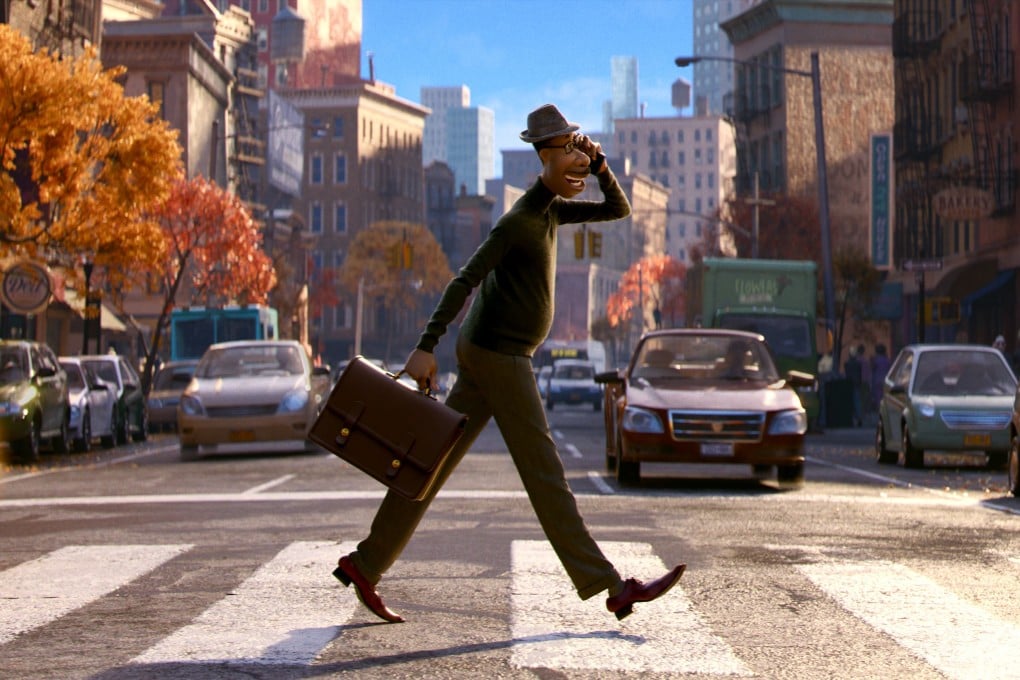Soul: Jamie Foxx, Tina Fey and crew of Pixar’s new film on Disney+ talk about its black lead character and poignant message
- Soul is the first Pixar movie to feature a person of colour as the lead character, which ‘grew naturally out of the story’, director Pete Docter says
- The film, also coming to some cinemas, is ‘exactly what I am now going through’, Foxx says, after his younger sister, who had Down’s syndrome, died this year

Just when the world could do with a little Pixar magic, Soul arrives.
The studio’s new animated feature, directed by Pete Docter, is arguably even bolder than his last – 2015’s Oscar-winning Inside Out . While that film dramatised emotions like sadness and anger in a young girl’s body, Docter and his team are now tackling life’s Big Questions. Or as he explains: “What are we going through? What’s the world about? What am I supposed to be doing with my life?”
Beyond exploring these age-old dilemmas, Docter wanted to examine the very nature of the soul. For the film, he conceived of a metaphysical space called “The Great Before” where learned counsellors usher yet-to-be-born souls – all looking a bit like Casper the Friendly Ghost – towards their Earthly bodies. It’s here where we first encounter a reluctant soul named 22, who has yet to find her “spark”, despite having many mentors over the centuries including Mother Teresa and Marie Antoinette.
This was just the beginning for Soul, which evolved to become the first Pixar movie to feature a person of colour as the lead character. After considering an actor or a scientist as the person 22 encountered on Earth, the team came up with Joe, an aspiring jazz pianist who dies just as he’s about to get his one shot at musical glory. After consulting an anthropologist, Dr Johnnetta Cole, who referred to jazz as “black improvisational music”, they immediately decided to make Joe a person of colour.
“That just grew naturally out of the story and the subject matter … [we] came by it honestly,” Docter says.